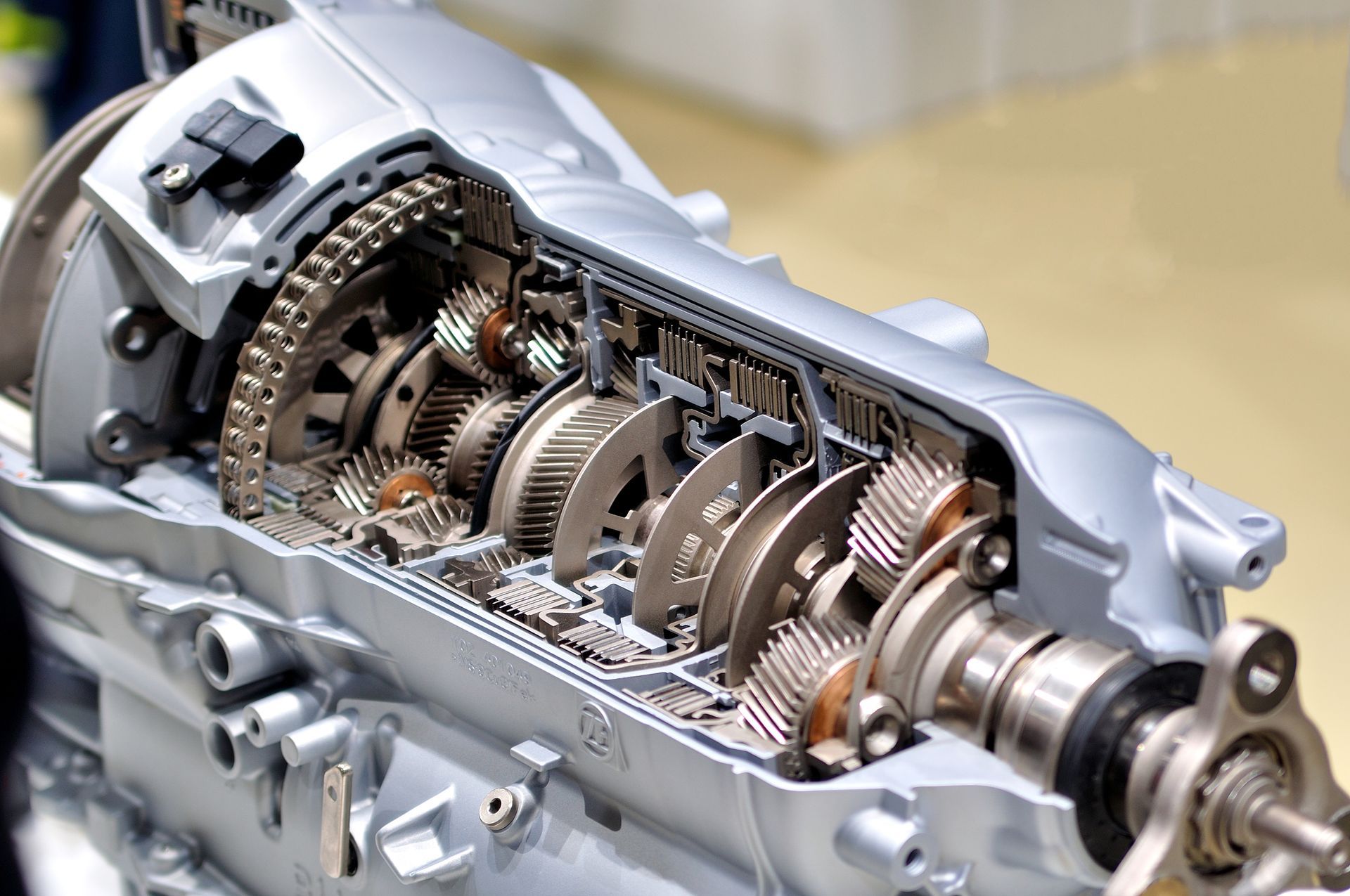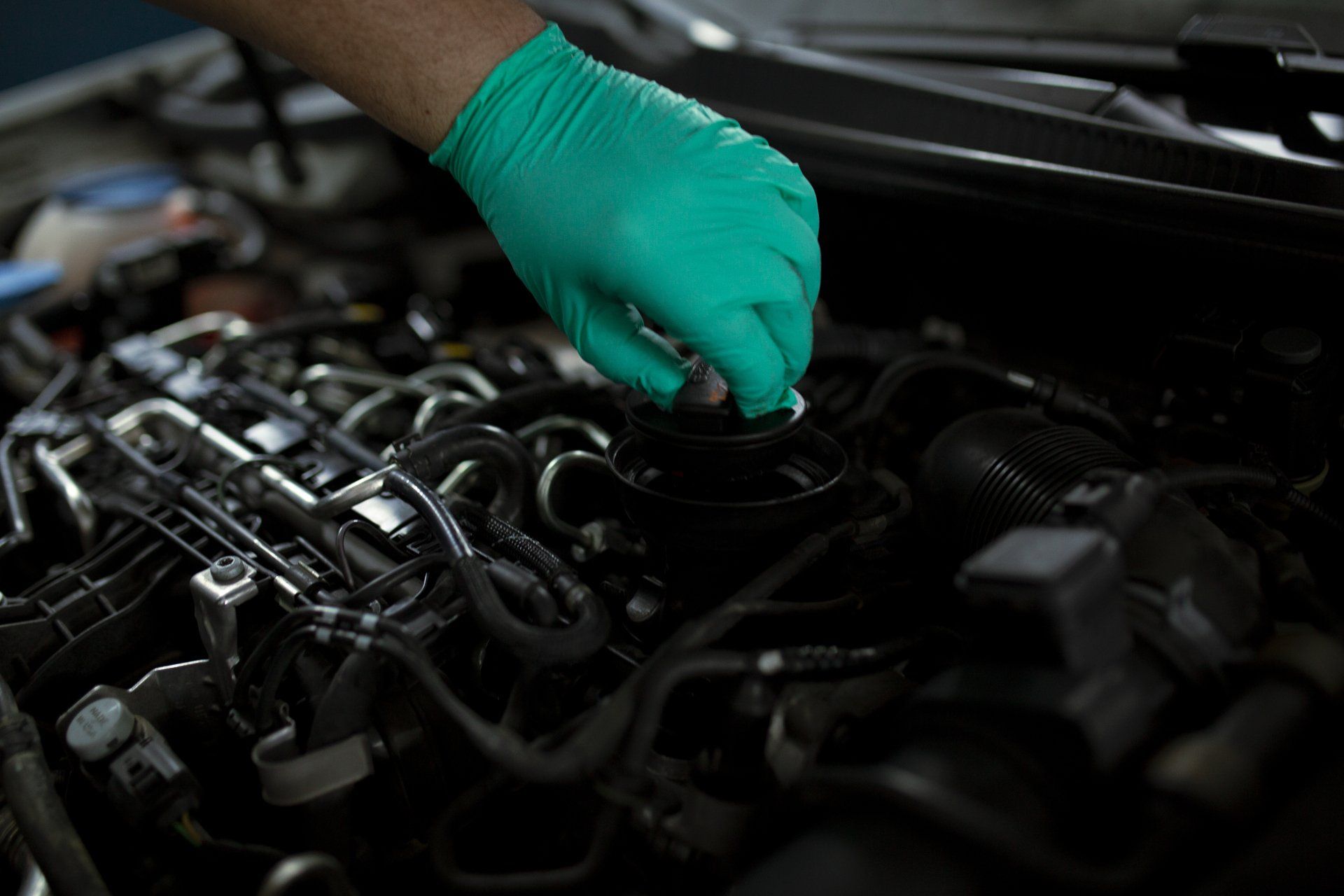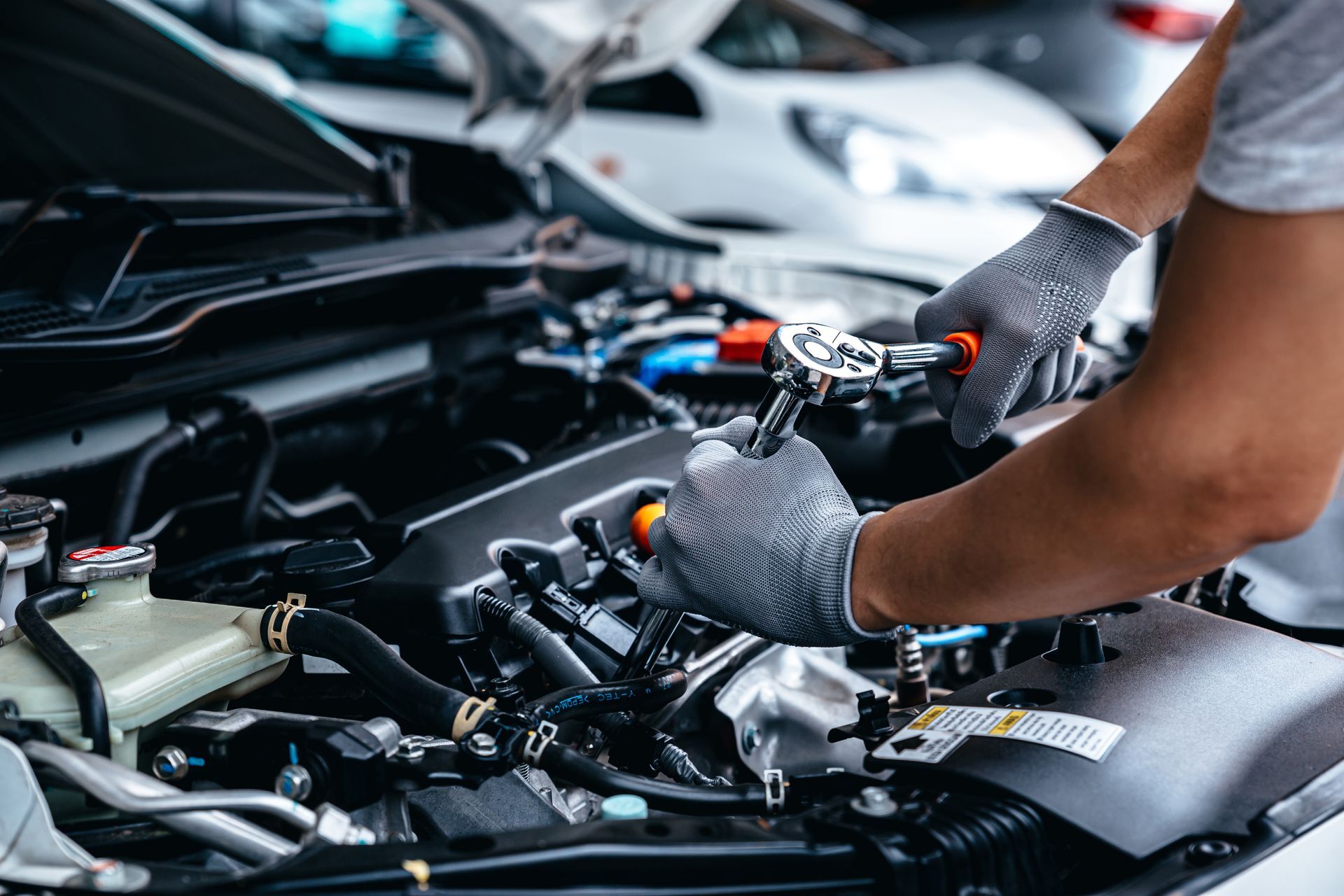How to Detect and Address Auto Fluid Leaks in Deansboro: A Guide by Lindfield Transmission & Repair
Owning a vehicle comes with its fair share of responsibilities, and one of the most crucial yet often overlooked aspects is monitoring fluid levels and detecting leaks. At Lindfield Transmission & Repair in Deansboro, NY, we’ve seen countless vehicles suffer from neglected fluid leaks, leading to extensive and costly repairs that could have been easily avoided. In this comprehensive guide, we’ll walk you through how to detect and address auto fluid leaks, empowering you to maintain your vehicle in top condition and avoid unexpected breakdowns.
Understanding the Importance of Vehicle Fluids
Vehicle fluids are the lifeblood of your car, ensuring smooth operation and protecting various components from wear and tear. The main types of fluids you should be aware of include:
- Engine Oil: Lubricates engine parts, reducing friction and wear.
- Transmission Fluid: Ensures smooth gear shifting and protects transmission components.
- Brake Fluid: Transmits force to the brakes, enabling safe stopping.
- Coolant/Antifreeze: Regulates engine temperature, preventing overheating.
- Power Steering Fluid: Facilitates easier steering by lubricating the steering system.
- Windshield Washer Fluid: Keeps your windshield clean and clear of debris.
Each of these fluids plays a vital role in your vehicle's performance, and a leak in any of them can lead to significant issues. That's why it's essential to know how to spot a potential leak and address it promptly.
Common Signs of Fluid Leaks
Spotting a fluid leak early can save you from major headaches down the road. Here’s how you can detect them:
1. Puddles Under Your Vehicle
If you notice a puddle or even small spots of fluid under your car after it’s been parked, this is a clear sign that something is leaking. The color and consistency of the fluid can give you a clue as to what it is:
- Light Brown to Black: Likely engine oil.
- Reddish or Brown: Could be transmission fluid or power steering fluid.
- Yellow to Green: Often coolant/antifreeze.
- Clear to Yellow: Usually brake fluid.
- Blue: Windshield washer fluid.
2. Low Fluid Levels
Regularly checking your vehicle’s fluid levels is a smart habit. If you find yourself constantly topping off a particular fluid, there might be a leak.
3. Warning Lights
Modern vehicles are equipped with sensors that monitor fluid levels. If a warning light for low oil, coolant, or another fluid comes on, it’s essential to investigate further.
4. Unusual Noises
Fluids like transmission and power steering fluid help your car operate quietly and smoothly. If you start hearing grinding, whining, or other unusual noises, it could be due to a low fluid level caused by a leak.
What to Do If You Detect a Leak
If you suspect a fluid leak, it’s crucial to take action immediately. Here’s a step-by-step guide on what to do:
1. Identify the Fluid
As mentioned, the color and consistency of the leak can help you identify which fluid is leaking. If you’re unsure, don’t hesitate to reach out to us at Lindfield Transmission & Repair in Deansboro—we’re here to help!
2. Check Fluid Levels
If you’ve identified the leaking fluid, check its level in your vehicle. Low levels can indicate an ongoing leak, and you should top off the fluid if necessary. However, this is only a temporary solution until the leak is properly fixed.
3. Inspect the Area
If possible, try to locate the source of the leak by inspecting the area around your vehicle. Common areas include the oil pan, transmission, radiator, and brake lines. Remember, though, that leaks can sometimes travel along components, making the source difficult to pinpoint without professional help.
4. Visit Your Trusted Auto Shop
The most effective way to address a leak is to have it inspected by professionals. At Lindfield Transmission & Repair, our experienced technicians use advanced diagnostic tools to accurately identify the source of the leak and provide you with the best solution.
Preventive Measures to Avoid Leaks
While some leaks are inevitable due to wear and tear, there are several preventive measures you can take to reduce the risk:
1. Regular Maintenance
Following your vehicle’s maintenance schedule is the best way to prevent leaks. Regular oil changes, transmission services, and coolant flushes help ensure that your fluids are clean and at the proper levels.
2. Inspect Hoses and Seals
Over time, hoses and seals can degrade and become brittle, leading to leaks. Regularly inspect these components for signs of wear and replace them as needed.
3. Use the Right Fluids
Always use the manufacturer-recommended fluids for your vehicle. Using the wrong type of fluid can cause damage and lead to leaks.
4. Be Mindful of Driving Conditions
Extreme temperatures, rough roads, and heavy loads can all take a toll on your vehicle’s fluids and seals. Adjust your driving habits accordingly to minimize stress on your car.
Why Choose Lindfield Transmission & Repair in Deansboro?
When it comes to vehicle maintenance and repair, you want a team you can trust. At Lindfield Transmission & Repair, we’ve built a reputation in Deansboro, NY, for providing top-notch service with a focus on honesty and transparency. Our skilled technicians are dedicated to keeping your vehicle in optimal condition, whether it’s a simple fluid check or a complex repair.
We understand the importance of addressing fluid leaks promptly, and we’re committed to providing you with the best possible service to ensure your vehicle runs smoothly for years to come.
Auto fluid leaks are not just a nuisance—they can lead to serious damage and costly repairs if left unchecked. By staying vigilant and following the advice outlined in this guide, you can detect and address leaks before they become major issues. And when in doubt, remember that the team at Lindfield Transmission & Repair in Deansboro, NY, is here to help you every step of the way.













